The troubling truth about Ireland’s forests
Ireland is known as the Emerald Isle, but among all that green is a surprising reality: Native trees are being pushed out, creating ecological dead zones.
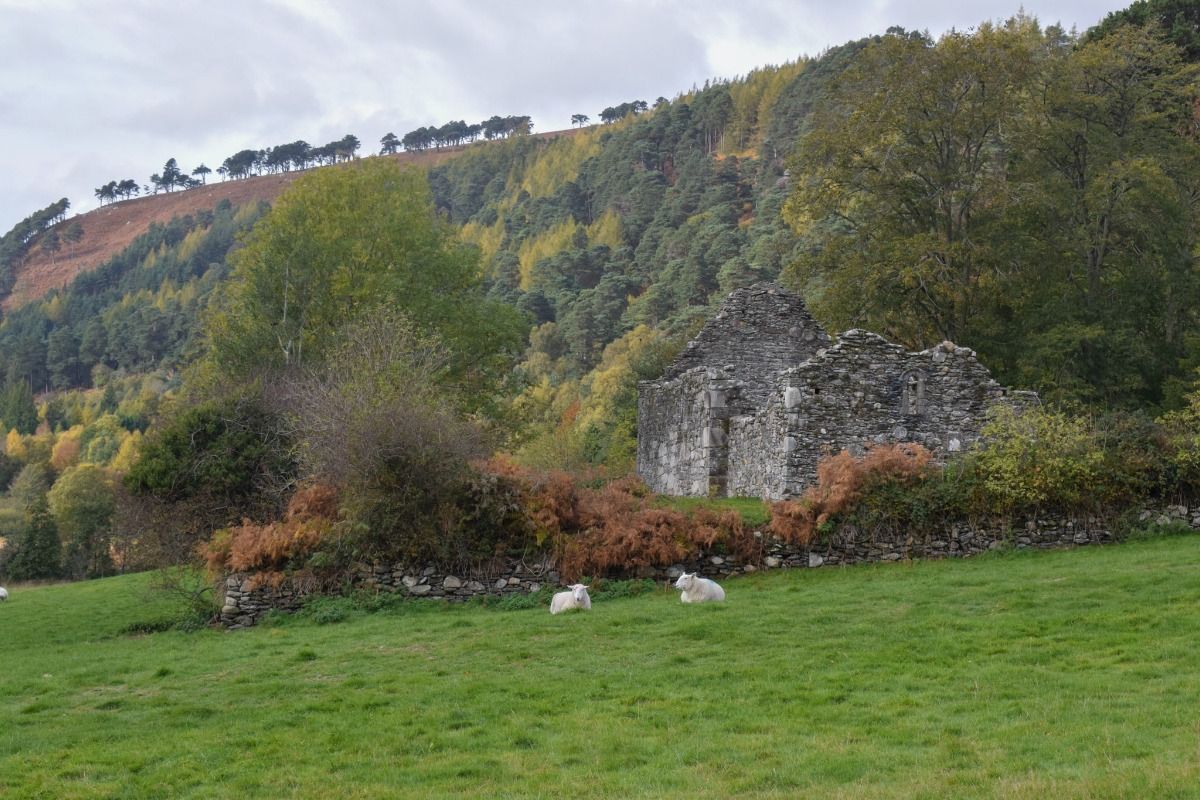
In the summer, I returned home to Ireland to see friends and family after a long and demanding year apart. A gorgeous week was spent in West Cork, soaking up the colourful fishing villages of the southern coast, going for cold swims in the sea and enjoying fresh hake with a pint of Guinness. When the week was done, I made the journey to the north of Ireland, through 10 counties, to the lush, green, boggy setting of Roscommon. For such a small country, the landscape is truly varied in its beauty.
But, although Ireland may be home to an idyllic green world, the reality is that the country’s recent relationship with nature has been profit driven, wreaking havoc as a result. There is an eerie silence that is sweeping across the land and, strangely enough, the problem lies with the forests.
Although planting and protecting forests is usually a great way of combating environmental degradation, in Ireland, the forestry industry has become devastating for the national biodiversity. The problem lies in what type of trees are being planted – and why.
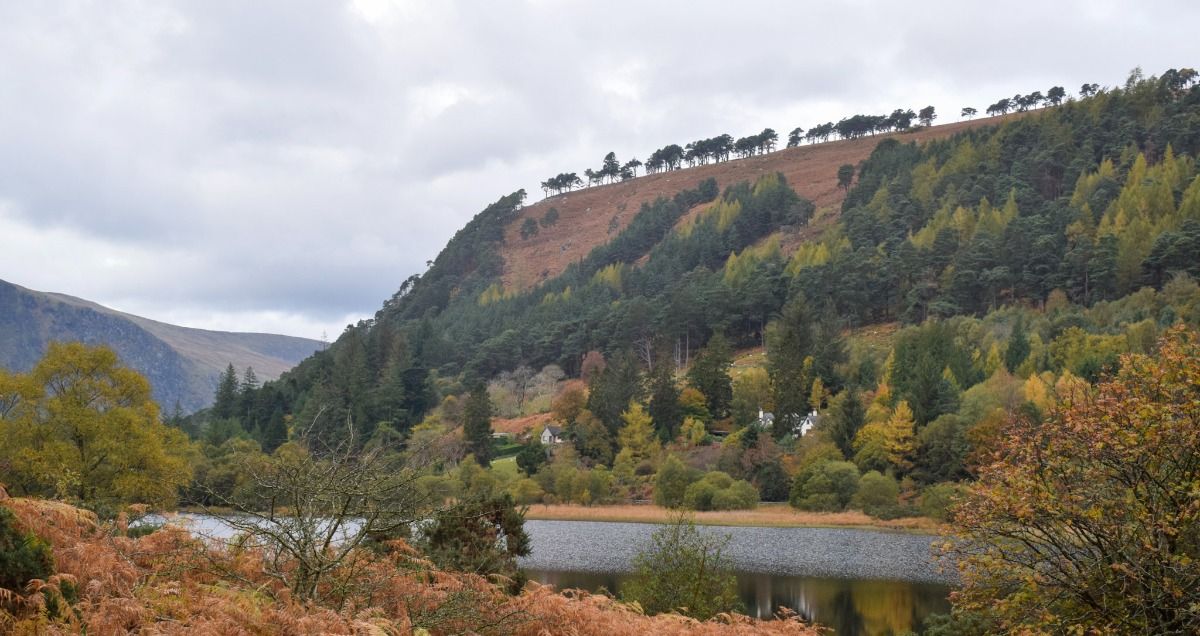
In 1914, conifer trees such as Sitka spruce and Douglas fir, which were first brought to Europe from North America around 1830, were maturing in parts of Ireland. These trees grow quickly and, as the effects of the First World War reverberated across the globe, commercial timber production shifted its focus to the quick rewards offered by such forests. Today, Ireland’s forested land makes up approximately 11 percent of its land mass, one of the lowest rates in Europe. Of that, more than 70 percent is composed of conifer trees.
The problem is that these tree species are not native to Ireland and, therefore, not conducive to its ecology. The monocultured swaths of these tall, densely packed trees block out all light to the forest floor, creating dark woods. The rich-smelling pine needles fall, forming a layer of thick, suffocating carpet. Although this creates an enchanting woodland, it stifles almost all life, creating an ecological dead zone.
These forests are made all the more eerie by their silence, due to an absence of birdsong and the buzzing of insects, which are not able to survive in the inhospitable environment. As a result of these forests, Ireland has seen devastating decreases in populations of wildlife including the threatened red squirrel, beautiful birds like the hen harriers and curlews, as well as Irish wildflowers, which offer so much life to the butterflies and bees that would otherwise occupy the forest floor.
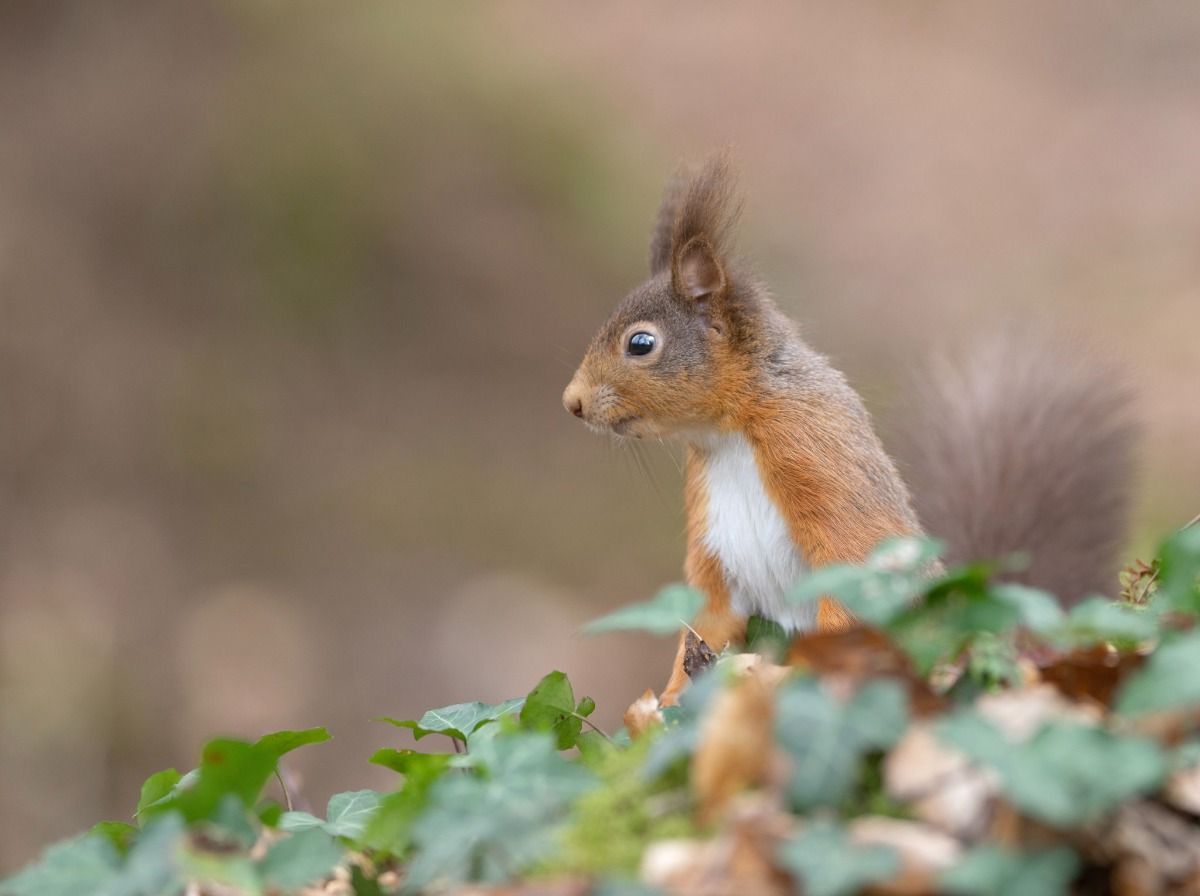
Disappointingly – although not entirely surprisingly – the driver of this devastation is profit. The durable conifer trees may not be environmentally friendly, but they sure are profitable. Hence why the Irish government provides generous grants for landowners who plant these non-native trees.
But the short-sightedness of this grab for land and profit raises a question: “How does the Irish government see this unfolding?” Lyrics from the old Gaeilge song Cill Cháis come to mind. The lament for the disappearing Irish forests speaks of the silence that falls over the land as a result:
“Ducks' voices nor geese do I hear there,
nor the eagle's cry over the bay,
nor even the bees at their labour bringing honey and wax to us all.”
Can the people of Ireland learn from their history? Cill Cháis dates back to the 1800s. Ireland experienced a deadly capitalization of our land during colonization and the Industrial Revolution. Its resources have been stripped and drained for the profits of invaders. But the creators of today’s destruction are not oppression or ignorance. It’s simple, all-consuming greed.
This issue of spreading ecological dead zones in Ireland mirrors the climate and environmental crises that we have inflicted on the entire planet. The crux of this story is our prioritization of profit over nature – be that unabashed capitalist systems propelled forward by the Industrial Revolution, or the disposable culture that has led to an ocean of plastic and waste. Our focus and agenda are attached, aligned and addicted to profit. In order to tackle these issues, we have to confront how we value the world around us.
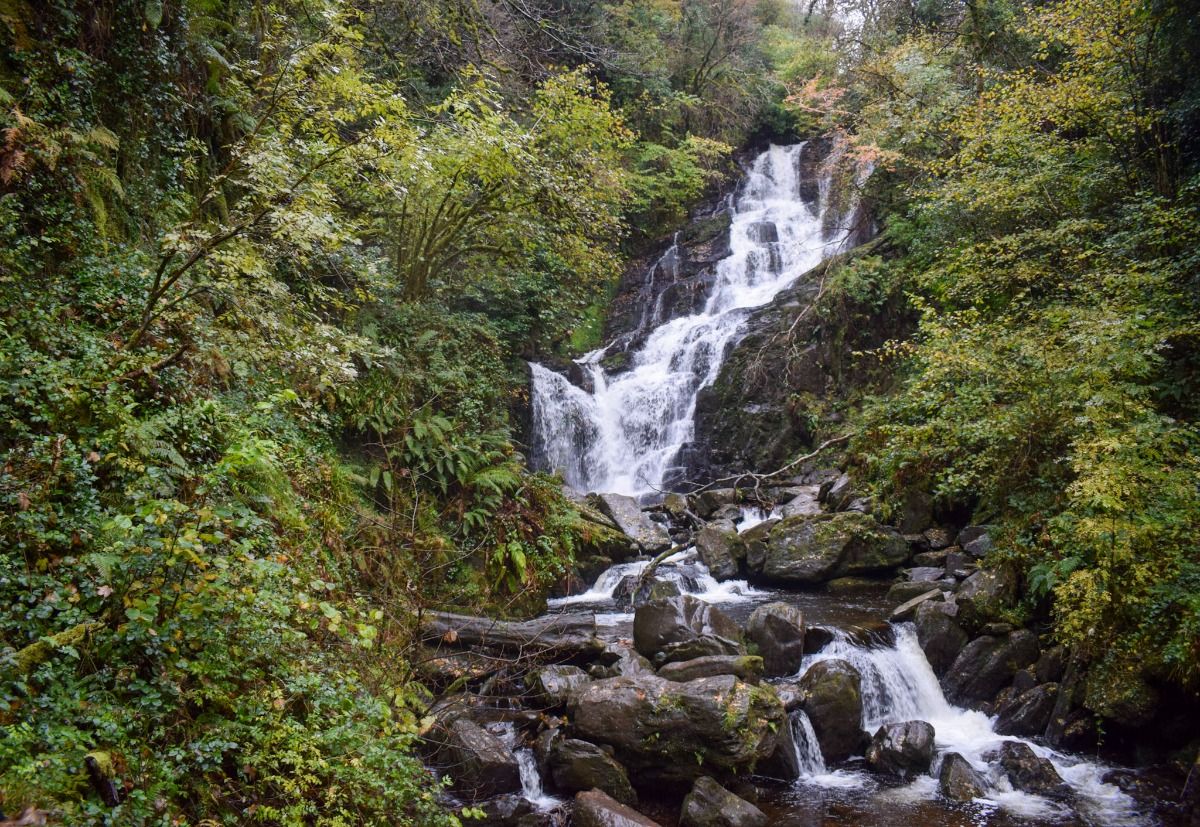
There is more value in the Irish natural world than its monetary potential. Ireland has a lot of naturally boggy or marginal land that is not suitable for agriculture or profitable use. This type of land offers huge returns environmentally and culturally, providing life for native flowers, insects and birds as well as acting as “Ireland’s most important carbon store.” Instead of transforming it into a cash cow, destroying flora and fauna in the process, the government could preserve and rewild these areas. The rewards would be enormous.
What would it look like if the Irish people invested in nature instead of industry? The Dublin Mountains Makeover project by Coillte Nature, a not-for-profit branch of the state-run forestry business, provides a glimpse. It looks at moving away from the commercialization of the Dublin mountains, heading instead toward natural and recreational purposes. The project plans to increase the forest biodiversity. Non-native trees have already been removed in some parts, with native trees such as Scots pine, birch, rowan, oak, holly and willow taking their place.
And at Reforest Nation, an Irish social enterprise, they have the ambitious goal of investing in diverse, native afforestation. The enterprise is on track to their goal of planting 100,000 trees in the next year, and more than one million trees within the next three, across Ireland and the world. A few months ago, I swapped out my Amazon Audible subscription for a recurring donation to Reforest Nation. Now, instead of funding an organization that is problematic in many ways, I support one that helps the Irish natural world flourish.
Forests act as the infrastructure to ecological systems, providing a framework for biodiversity to flourish. Without appropriate and diverse trees, these systems cannot thrive. The question is, can we prioritize our natural world and put forests above profit?



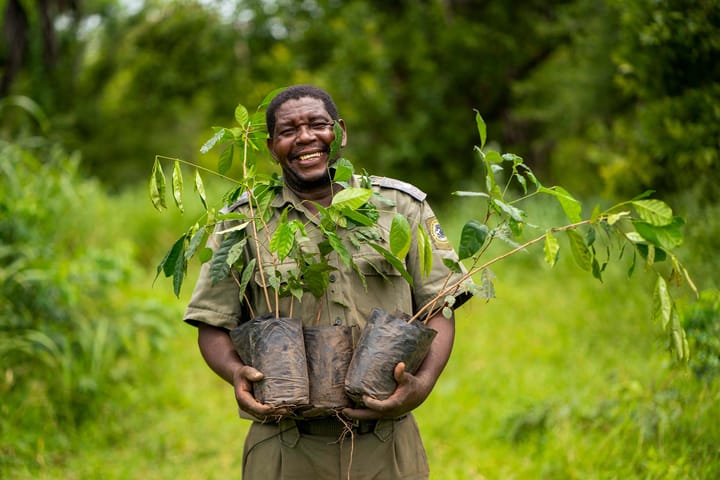
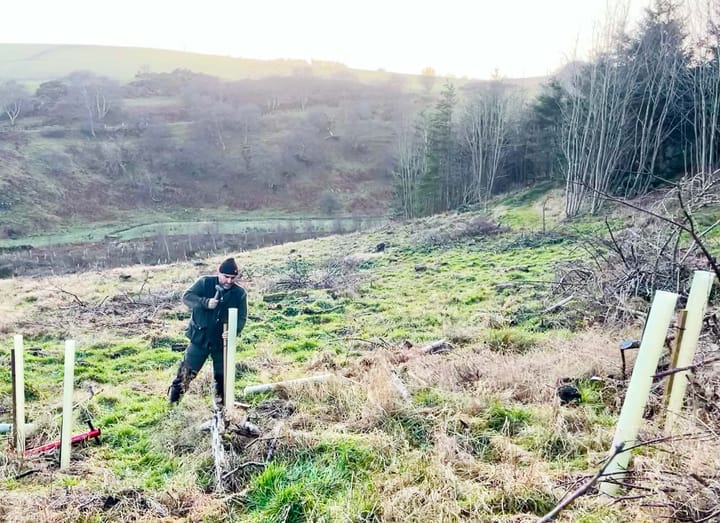
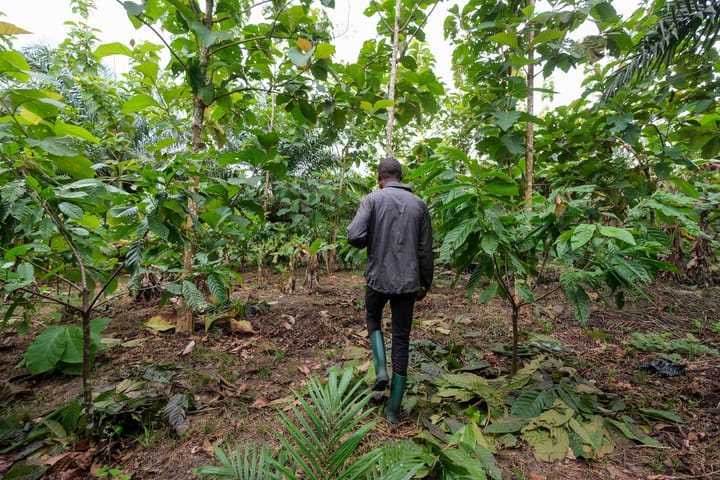
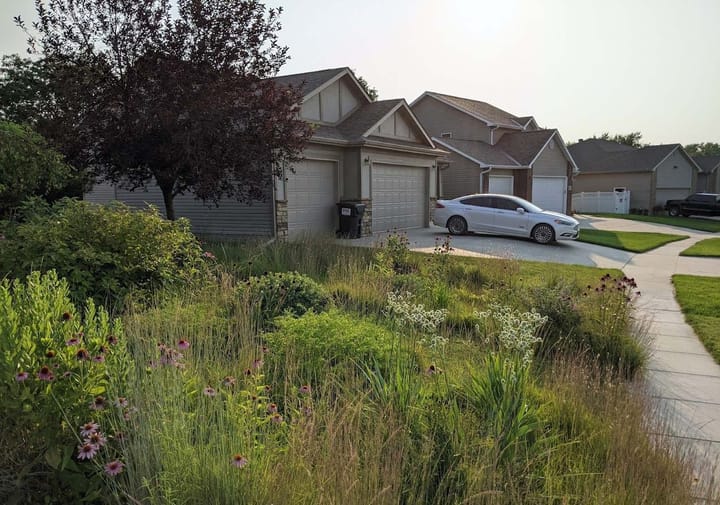
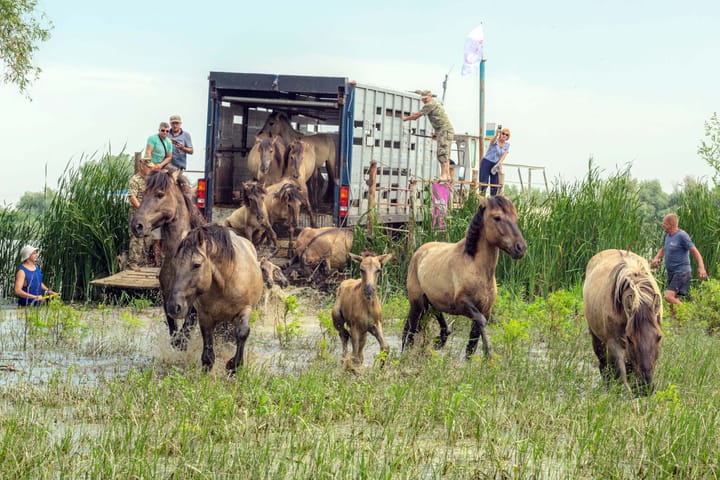
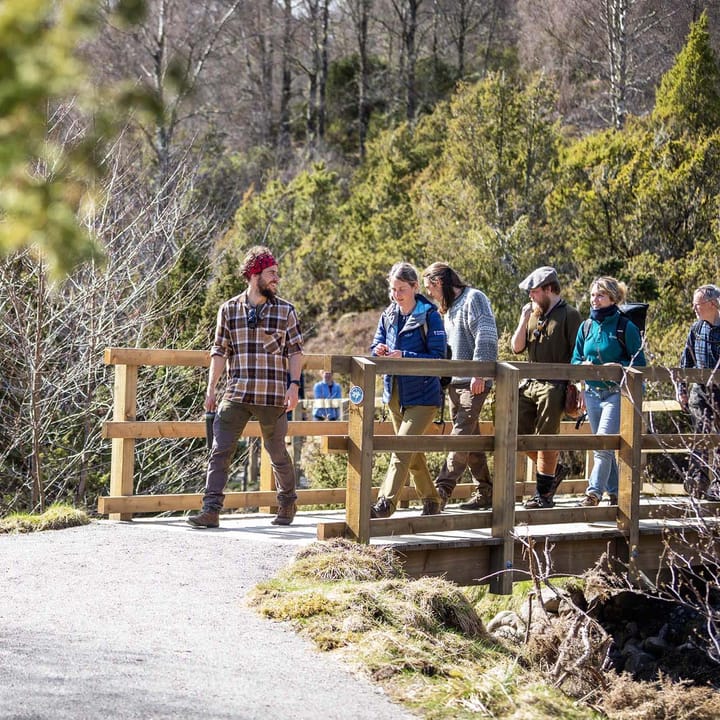

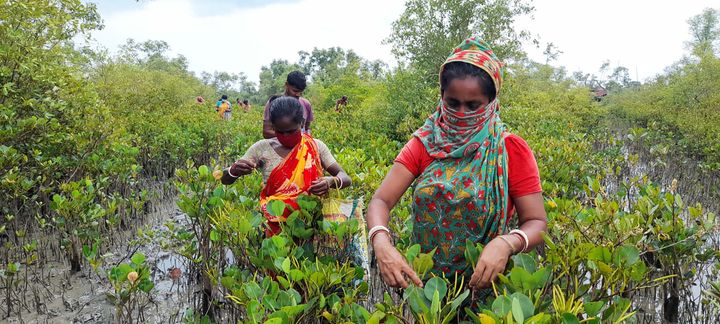
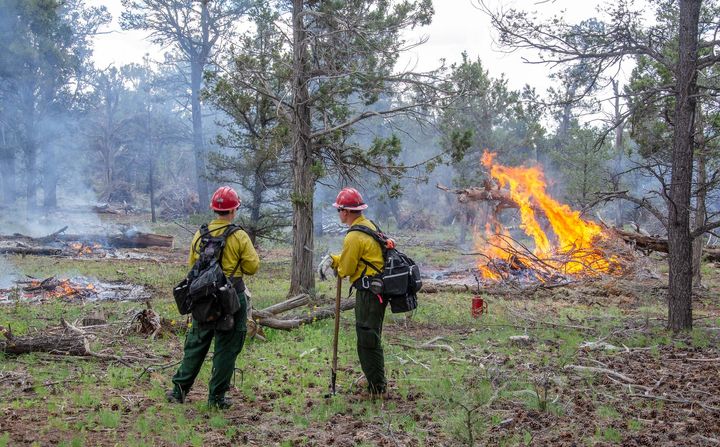
Comments ()